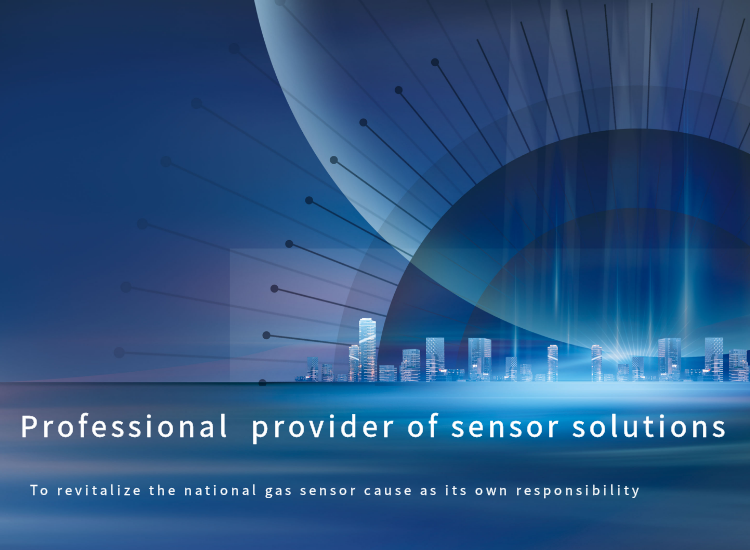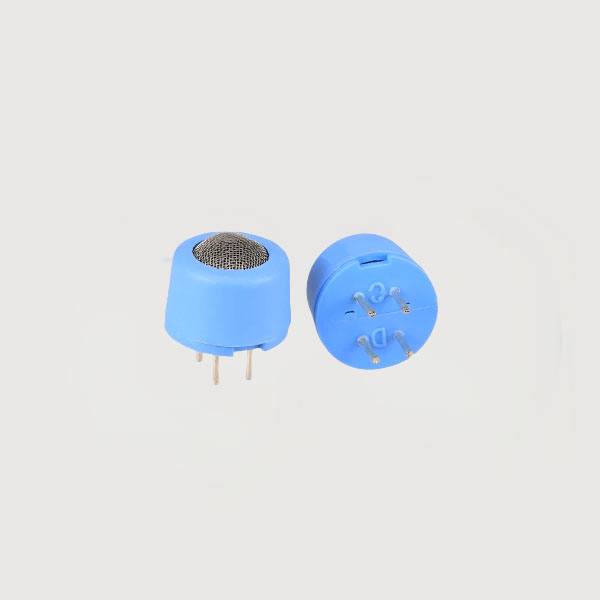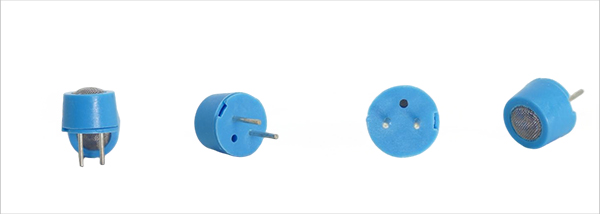

 Products
Products Catalytic Combustion Gas Sensor
Catalytic Combustion Gas Sensor
Application:
It is widely used in industrial occasion to detect the concentration of hydrogen, ethyne, gasoline, VOC such as alcohol, ketone, benzene.Product characteristics:
The bridge output is linearDescription
ZC2529 adopts catalytic combustion principle, and its two arms of electric bridge consists of a test element and a compensate element. The resistance of the test element rises once it meets the combustible gases, in the same time, the output voltage of the bridge changes and the voltage variation rises in direct proportion to the gas concentration. The compensate element, as a conference, has the function of compensating temperature and humidity.
Product images

Technical specifications
Model | ZC2529 |
Sensor type | Catalytic |
Standard encapsulation | Plastic encapsulation |
Working voltage(V) | 2.5±0.1 |
Working current(mA) | 100±10 |
Sensitivity(mV) | 1% H2: 20~50 1% C2H2:40~90 |
Linearity | ≤5% |
Measuting range(%LEL) | 0~100 |
Response time(90%) | ≤10s |
Recovery time(90%) | ≤30s |
Working environment | -40~70℃,less than 95% RH |
Storage environment | -25~70℃,less than 95% RH |
Lifespan | 2 years |
Basic test circuit
Application

TenSensor, China's first listed gas sensor company,Tensensor can provide more than 100 varieties of six series including:
semiconductor gas sensor
electrochemical gas sensor
infrared gas sensor
dust sensor
pyroelectric sensor
thermopile sensor, etc.
Which can be used for more than 200 kinds of gas and infrared, dust and other indicators detection, widely used in the field of security for detecting gas leakage, noxious gas leakage, smog and fire, the field of family, office and factory for detecting HCHO, VOC, CO2, PM2.5 and so on.
Moreover, the solutions for security, household electrical appliances, consumer electronics, smart home, instruments and meters are available.
For more information about ZC2529 sensor, please contact account manager.
TEL:0086-0351-5249552
Whatsapp:+86 18335818384
Email:[email protected]
Request Consultation